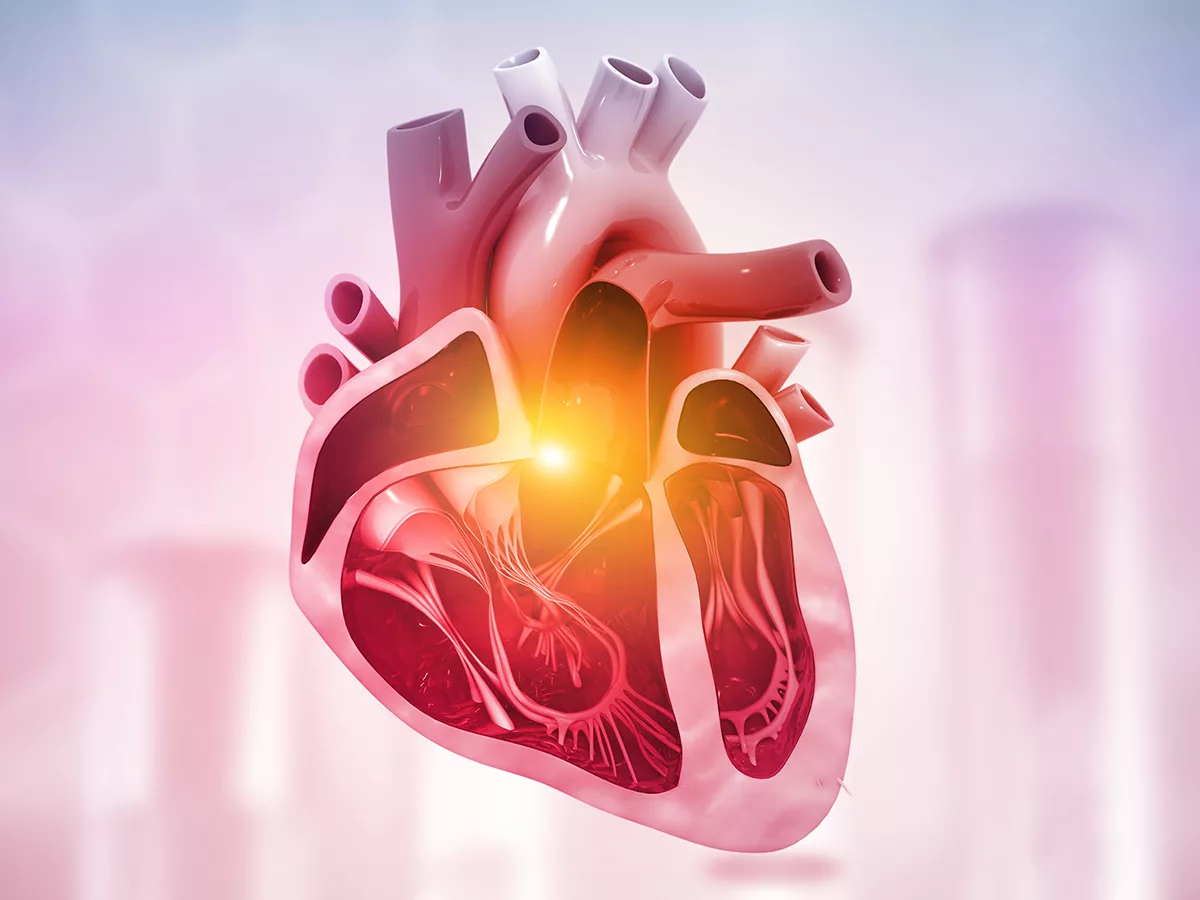Researchers at Hannover Medical School have gained new insights into the cytokine meteorin-like (METRNL) and its role in promoting heart repair after myocardial infarction.
The team showed that in mouse models, METRNL that was secreted by immune cells after heart attack promoted angiogenesis, or blood vessel growth, by stimulating endothelial cells to proliferate.
They also showed that the receptor for METRNL was the KIT receptor, solving a longstanding mystery of how KIT is activated in heart tissue.
"The outcome of patients with acute myocardial infarction has significantly improved in recent years, but that's mainly due to reperfusion therapy," Kai Wollert told BioWorld Science. "The most important thing is to reopen the vessel, re-establish blood flow, and limit the size of the infarct" to limit the size of the scar.
When bloodflow is not restored, either because medical care is delayed or because the infarct is very large, patients are at high risk of ultimately developing heart failure.
"There is the idea and the hope that.... Improving the repair process will reduce the incidence of heart failure," he said.
Wollert is professor of molecular and translational cardiology at Hannover Medical School, and the senior author of the paper describing the findings, which was published in the June 17, 2022, issue of Science.
The factors that affect whether scarring is minimal or extensive remain incompletely understood. But angiogenesis is beneficial to the repair process, and it is stimulated by an immune cleanup crew cells that come to the injury site to clear up dead cells and debris.
Among those cells are macrophages and monocytes, which are recruited to the injury site. There, they secrete repair-promoting factors including vascular endothelial growth factor A (VEGF-A), a classical angiogenic factor.
Astrazeneca plc and Moderna Therapeutics Inc. are testing the use of the VEGF-A mRNA (AZD-8601) as an adjunct therapy to improve the outcomes of patients with heart disease who are undergoing elective coronary artery bypass surgery.
Wollert and his team wanted to see whether the immune cells were secreting other factors that might be beneficial as well. In an unbiased analysis, they found that METRNL, which normally is present only at low levels in the heart, was much more strongly expressed after an experimentally induced heart attack.
The team then showed that METRNL knockout mice had worse long-term outcomes after a heart attack. Their hearts worked fine under normal conditions, and were initially no more damaged than those of their wild-type cousins after a heart attack. But such animals were less able to repair their hearts.
An unexpected receptor
The team also looked for MTRNL's receptor. To their surprise, they found that it was KIT -- a finding that explained a long-standing puzzle about how heart repair proceeds.
KIT is a receptor tyrosine kinase that is expressed on stem and progenitor cells, and plays important roles in development and hematopoiesis.
KIT's main ligand in the bone marrow is stem cell factor (SCF). However, "there is very little stem cell factor in the heart," Wollert said. After a heart attack, KIT-expressing cells expand, but their classical ligand is scarce.
METRNL is "as strong a kit ligand as stem cell factor," Wollert said. And in contrast to stem cell factor, METRNL is "massively expressed" during the post-infarct period when KIT-expressing endothelial cells expand.
In an editorial that accompanied the paper, Deepak Srivastava, who is the president of UCSF's Gladstone Institutes, wrote that "the discovery of the myeloid-endothelial interaction and the central role of METRNL-KIT signaling is exciting and opens new avenues for both understanding injury responses and developing therapies for heart disease."
To see whether those avenues are thoroughfares or dead ends, it will be necessary to see whether KIT expression under the more chronic conditions that are characteristic of heart failure are such that cells in the heart will respond to METRNL, and what effects such treatment might have on KIT-expressing cells elsewhere in the body.
Srivastava noted that "the phosphoproteomic signatures stimulated by METRNL and SCF were distinct from those induced by VEGF-A in endothelial cells, suggesting that although METRNL and VEGF-A can trigger expansion of endothelial cells, they may have distinct functions during angiogenesis."

